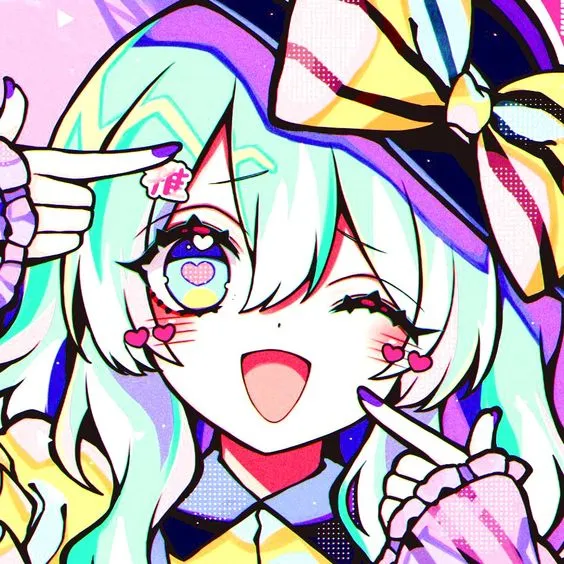Hi! I would like to start my journey creating digital art. I’m mostly interested in 2D, although I would like to learn Blender in the future. I haven’t set a learning path yet. I was wondering if it would be better to start drawing on paper and then move on to digital, or if starting with digital tools right from the start would also be a good idea. In any case, I don’t know anything about drawing. Can you recommend some learning resources such as books, YouTube channels, or anything that could be helpful to start? Any advice is greatly appreciated
I agree with @Thavron@Thavron@lemmy.ca 's comment. Before getting too deep i think just grab a pen and paper, better if it’s a cheap sketchbook and start drawing whatever you want. Do not worry about nothing. Just draw. Over time not after too long you will start to discover your interests and favorite ways of drawing. I think asking here after that position where you know what you are looking would be better. There are endless amounts of resources online however they amount to nothing if you do not know what to look for.
So. Start drawing. Have fun. Then come back here.
A good practice for drawing people is figure drawing. You try to capture the essence of a pose or a movement in just a few strokes. It helps immensely on gaining an understanding and feel of natural motion. Line of Action has a huge set of reference pictures and decent customizability. Link: Line of Action
Check out “Keys to Drawing” book by Bert Dodson. It gives a good versatile introduction without unnecessary ‘academic drawing’ pressure.
If you don’t know anything about drawing, start with physical media. You can dabble in digital media (get a cheap pen pad for your pc, not a screen one) but a pencil and sketchbook is enough for the essentials.
Skillshare is not that expensive (100 bucks a year) and has a lot of good courses. I also like Mitch Leeuwe’s courses.
Like the others said, starting with physical drawing is probably the best way to go, as digital drawing is heavily based on technics made for using a pen and paper.
However, before you go and buy an expansive course that may not be right for you or an expansive professinal software suite that may be far above what you need, you should check out David Revoy’s Krita tutorials, especially the ones for beginners in the categories that interest you (text and videos, greatly helped me getting started).
Digital and physical are wildly different mediums. I started with physical art and it took me a long time and a ton of effort to make the transition to digital.
If your dream is to get good at digital, and you have ready access to digital art tools, I would just start there.
(Today’s digital art tools were only available to billionaires when I started my art journey.)
Folks often highly recommend Adobe creative tools, but GNU Image Manipulation Program (which is free) was fine for me, when I started (and spoiler - still is, for me).
Others are right that you’ll eventually end up doing some physical art too, in order to grow.
For physical art, that you want to digitize, practice drawing with a least two different tip sizes of marker, black lines on white paper. Draw much larger than you intend to display. Shrinking the image, on a computer, forgives tons of imperfections.
I wish I had learned this technique sooner (when to switch pens, how to lay down clean lines for scanning, how to draw oversized).
A modern cell phone camera is more than good enough to capture an oversized black marker picture at much better quality than I usually want to keep. (Hence I shrink the image later, removing imperfections.)
But start with what you want!
If you have access to pure digital tools, start there. Finding some small successes, early, at what your heart wants to create is what will keep you at it long enough to get great.
Did you also get motivation from Pewdiepe’s 100 day challenge?
No, it’s just something I’d like to learn




